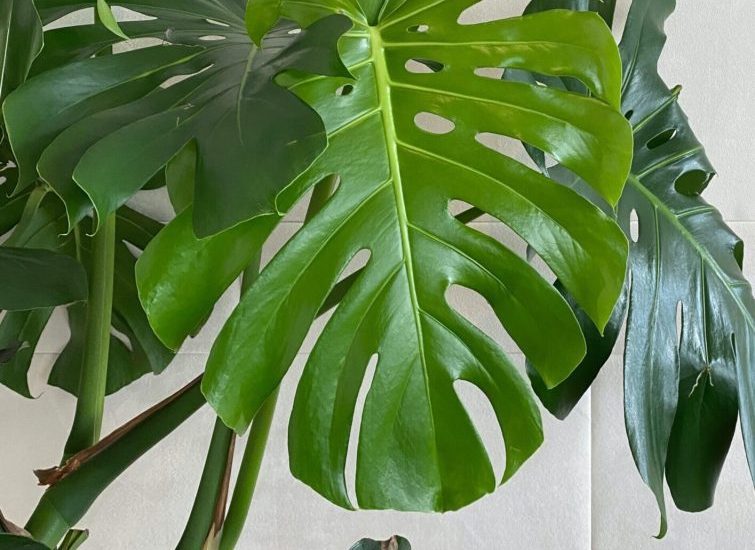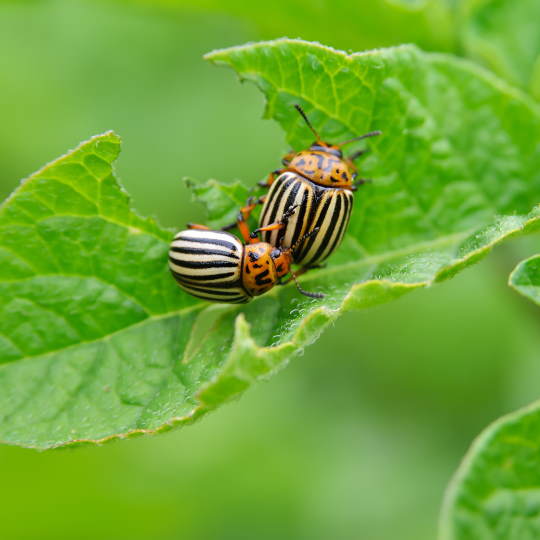Eastern Redbud Trees: Plant, Grow and Care
If you fall in love with plants and live in the United States, it’s enough to admire the Eastern Redbud Tree! You can see this tree anytime, anywhere in North America, and if you are in the spring, it can amaze you with its bloom’s magnificent color.
Redbud Tree is a member of the bean family and native to the Americas, but you can find relatives in Europe and Asia. So yes… We know they look very similar to Japanese Sakura Trees at first glance, but they’re not that much related biologically. However, we cannot say that the flowers of the Eastern Redbud Tree in Spring are less impressive than their friends from Tokyo.
Many types of Redbud Trees can be found in small forest, garden, or curb in North America. Are you also impressed by this fantastic visuality and want to know more about these beauties? Excellent! So let’s dive deeper into the subject.
How and When to Plant Eastern Redbud Trees?
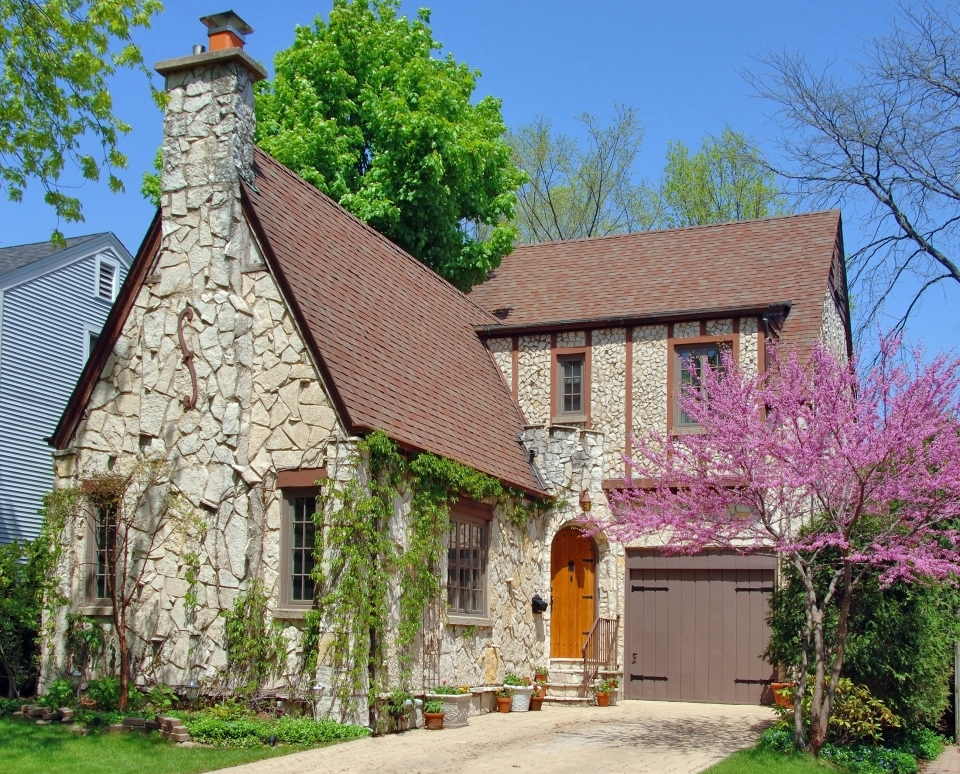
We cannot say that these plants are one of the most delicate plants in nature. They grow easily in their geography. The best time to plant Redbud is early spring, and getting at least four hours of direct sun a day makes their life easier. They like acidic, well-drained, and clay soil.
When you decide to plant an Eastern Redbud Tree in your garden, you should dig a hole at least three times as wide as the sapling’s root. Make sure the Root Ball is at the same level as the ground, and fill the hole with soil. You can compact the soil well. Remember to water the baby trees thoroughly.
Depending on the type, the plant can grow between 13 and 25 inches in a suitable environment in the first year. Then, you can plant a Judas tree in your garden and add a magnificent color feast to your landscape. Yes, some call it Judas.
Some other types of Redbud Trees
Before we talk about Eastern Redbud Trees, we want to talk a bit about their siblings. All species turn into an extraordinary color beauty in the spring.
For readers who want to plant a Redbud Tree in their garden but can’t be sure which type is best for their habitat, we would like to briefly mention some other stunning species.
1) Ace of Hearts Redbud Tree
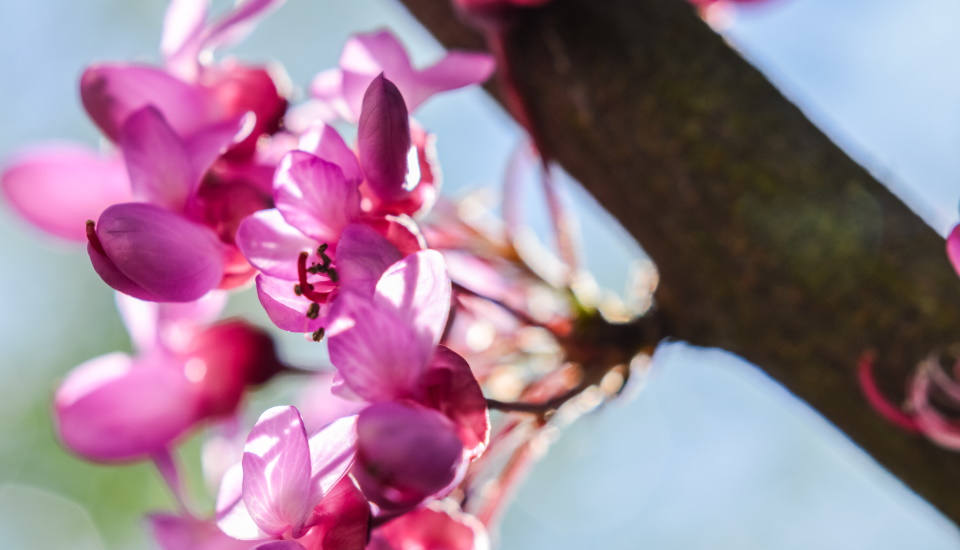
They are also known as Dwarf Redbud Trees and are indeed dwarf. They can grow to about 12 ft. Ace of hearts is an excellent option for small spaces and complements the landscape. It is the most preferred Redbud type for the garden. The Dwarf Redbud Tree is the right choice if you like small trees.
Learn how to grow and care for Ace of Hearts Redbud Tree
2)Lavender Twist Redbud Tree
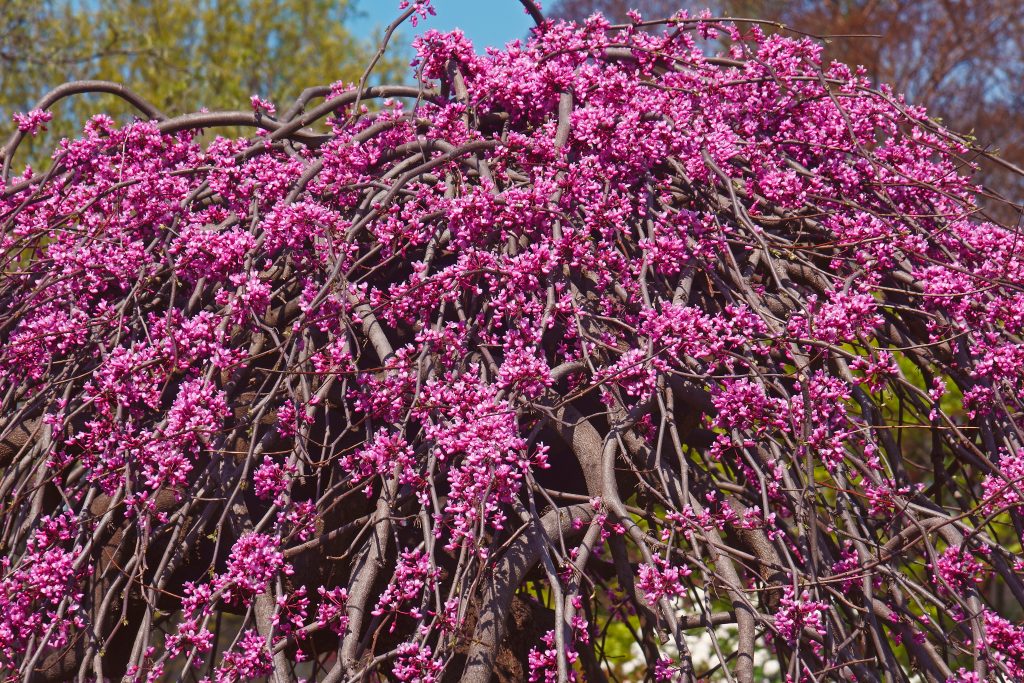
The Eastern Redbud Trees, the subject of our article, are native to North America like many other siblings. But a rare plant does not grow in the same place as its siblings. Perhaps the most fantastic herb in Southeast America. A weeping tree… You should see this small but showy tree in your garden if you live in South America.
Learn how to grow and care for Lavender Twist Redbud Tree
3)Forest Pansy Redbud Tree
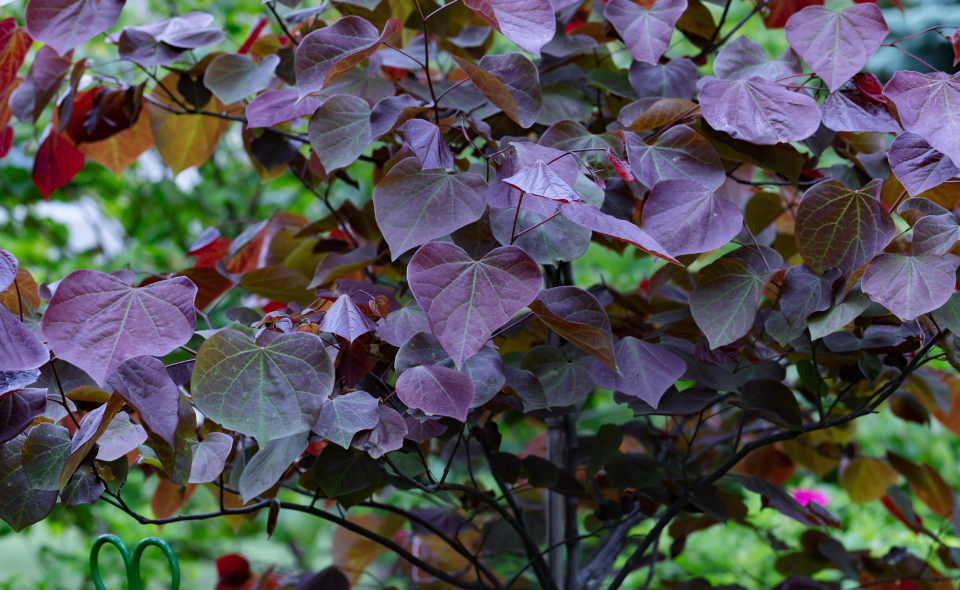
It is a type that grows in Eastern America. Therefore, we can say that it is the Redbud Tree whose colors are closest to red. It got this name because it resembles pansies. Like the Ace of Hearts, the Forest Pansy is a small and well-suited garden plant. It would not be wrong to say that this is the most stunning species for many plant lovers, and we think it is the most popular Redbud Tree.
Learn how to grow and care for Forest Pansy Redbud Tree
4)Oklahoma Redbud Tree
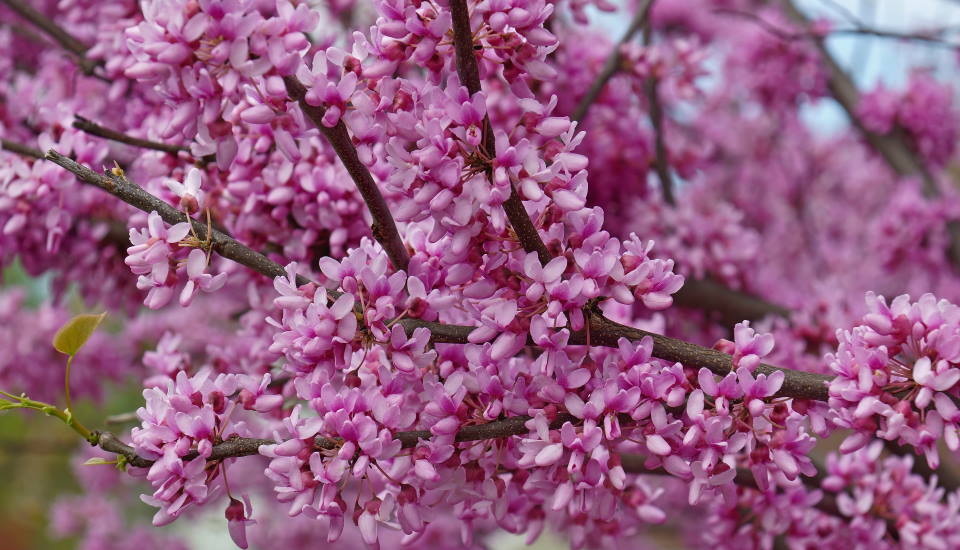
This type of Redbud tree is native to southwestern America, especially Oklahoma. It is small and delicate and requires good care for a beautiful view. Its dark pink leaves are very ornamental, and it is a lovable plant for humans, insects, bees, and birds. If you live in Oklahoma, Texas, or nearby, it’s not too late to plant it in your garden.
Learn how to grow and care for Oklahoma Redbud Tree
5)Western Redbud Tree
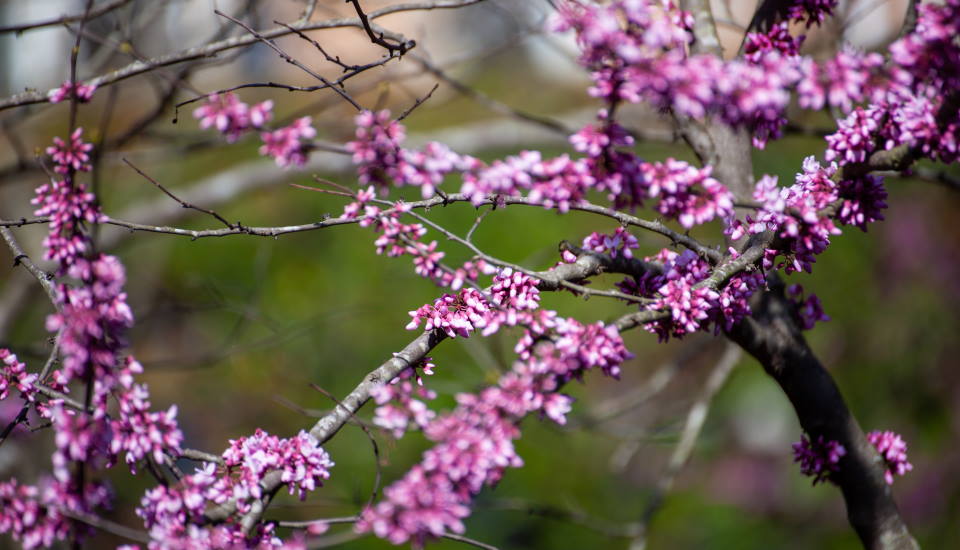
This plant grows in the west of America, especially in California. It extends to a maximum of 15 ft. The transformation of its leaves from yellow to red in spring happens in such harmony that you feel like you are looking at a different tree every day. Western Redbud Tree is often seen in the foothills, but if you take good care of it, it also creates a perfect view for your garden.
Learn how to grow and care for Western Redbud Tree
6)Hearts of Gold Redbud Tree
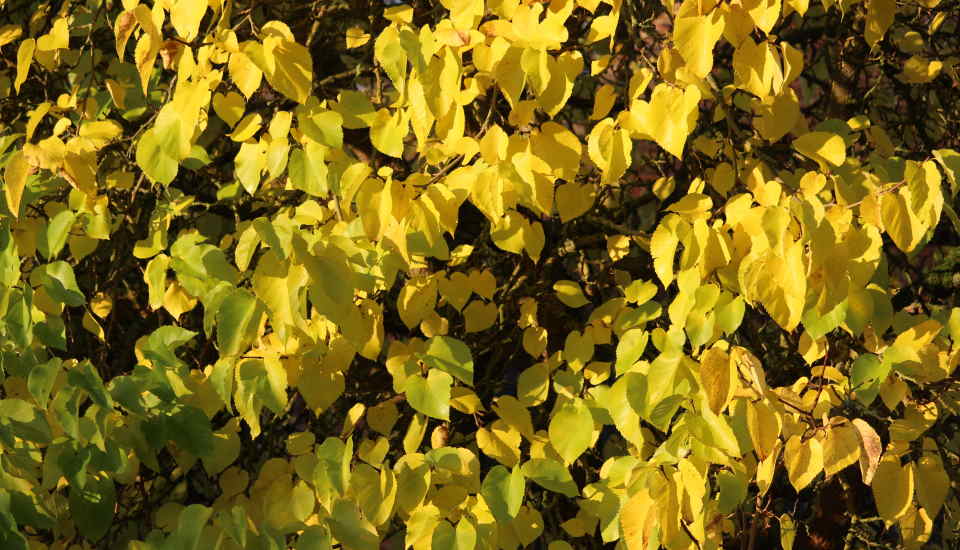
This specie grows in the same geography as the Eastern Redbud Tree and has a golden color, as its name suggests. However, among all the types, the Hearts of Gold Redbud Tree is the only species to stand out in colors other than red and pink, and its leaves turn orange instead of pink in summer.
Learn how to grow and care for the Hearts of Gold Redbud Tree
7)Texas Redbud Tree
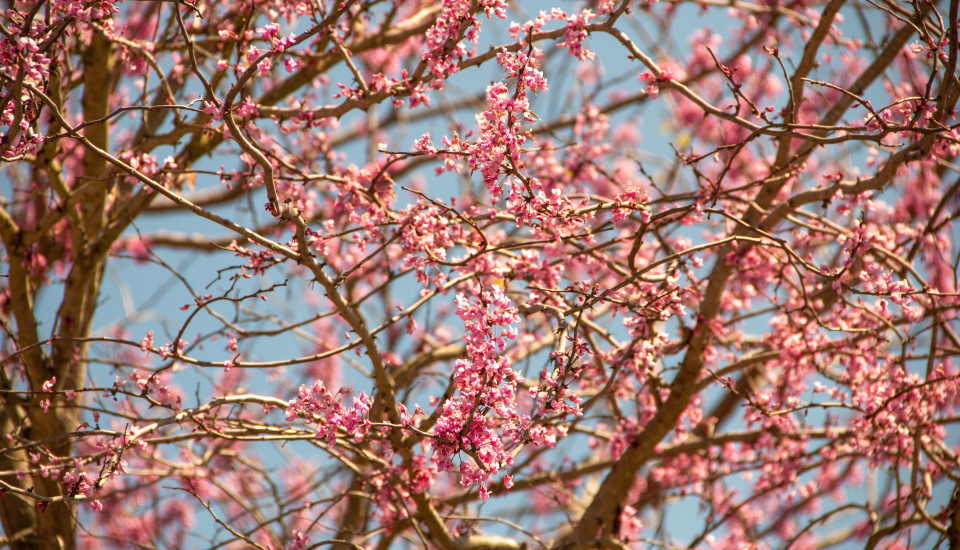
Texas Redbud Tree is a close relative of the Eastern Redbud Tree in many ways. As the name suggests, it is abundant in Texas and has subspecies. Its leaves are slightly wider than then its relative, but an unintentional looking may not be able to distinguish the two plants.
Learn how to grow and care for Texas Redbud Tree
8)European Redbud Tree
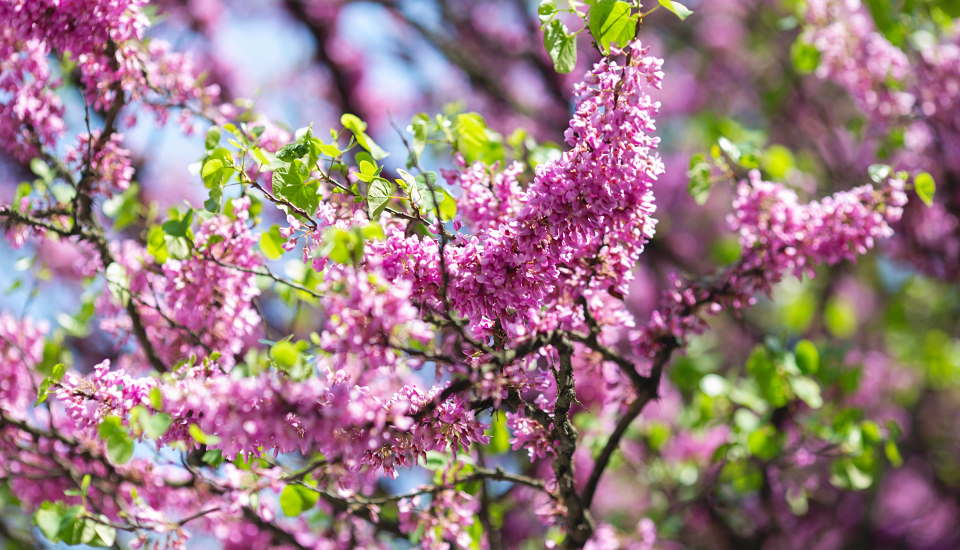
This stunning European Redbud Tree is the only type of Redbud Tree that grows outside of America that we will discuss in this article. He looks pretty different from his American siblings. It has a wide-spreading structure and is filled with pink blooms in spring. If you live in Europe, especially in a country with a coast to the Mediterranean, you can see this beautiful plant reaching out to the balconies of houses.
Learn how to grow and care for European Redbud Tree
Some Facts About the Eastern Redbud Tree
We’ve said enough about siblings. Now let’s get back to our main topic. We want to tell you some facts about the Eastern Redbud Tree. We think the most exciting information is that it is edible. You can eat the leaves, and they are quite beneficial. Ancient people treated many diseases, especially dysentery, by eating this tree.
The two founders of America, George Washington and Thomas Jefferson grew this plant in their homes. The Eastern Redbud is entirely native to the Americas and, along with its siblings’ colors, all over the continent.
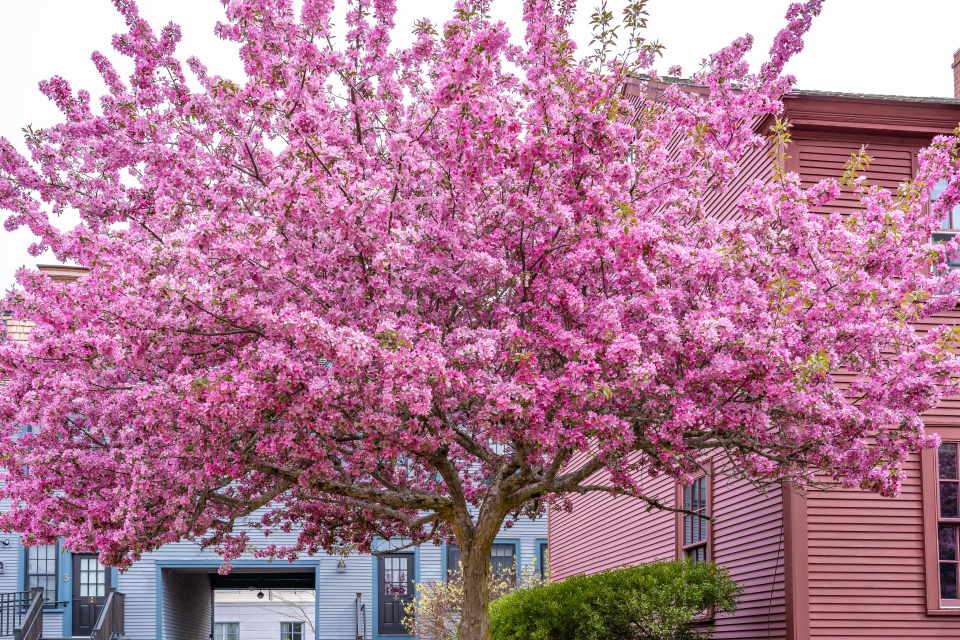
It was named Oklahoma’s state tree in 1937, and you can see these plants throughout the state. It is everywhere: gardens, roads, mountains, forests, and valleys.
They have solid bonds with the sun. Although they can survive without half sun, the full sun causes them to grow at least 2 inches more per year and to open at least two times more leaves.
Two Redbud Tree festivals are held in different parts of the United States. If you are a fan of these trees, you can attend the festivals held in Honaker, Virginia, and Columbus, Wisconsin, every year and spend a weekend full of them.
Although they look small and delicate, they are quite strong. Their roots are very tight in the ground, and they are strong against storms.
How to Care for Eastern Redbud Tree
Want to plant an Eastern Redbud Tree in your garden but don’t know how hard it will be? As we said, they are not very delicate and easy to grow. However, there are a few essential points to note:
Plant your trees in the sunniest part of the garden. They grow very quickly in full sun and look much prettier. It is very beneficial for them to get at least four hours of direct sunlight a day, if possible six hours a day.
There is a consequence that they love the sun so much: They lose water. Young Eastern Redbud Tree needs lots of water. Water them a lot during the first few years, spring and summer. Make sure the soil is always moist. The most suitable irrigation method is to give plenty of water for one day and rest for one day.
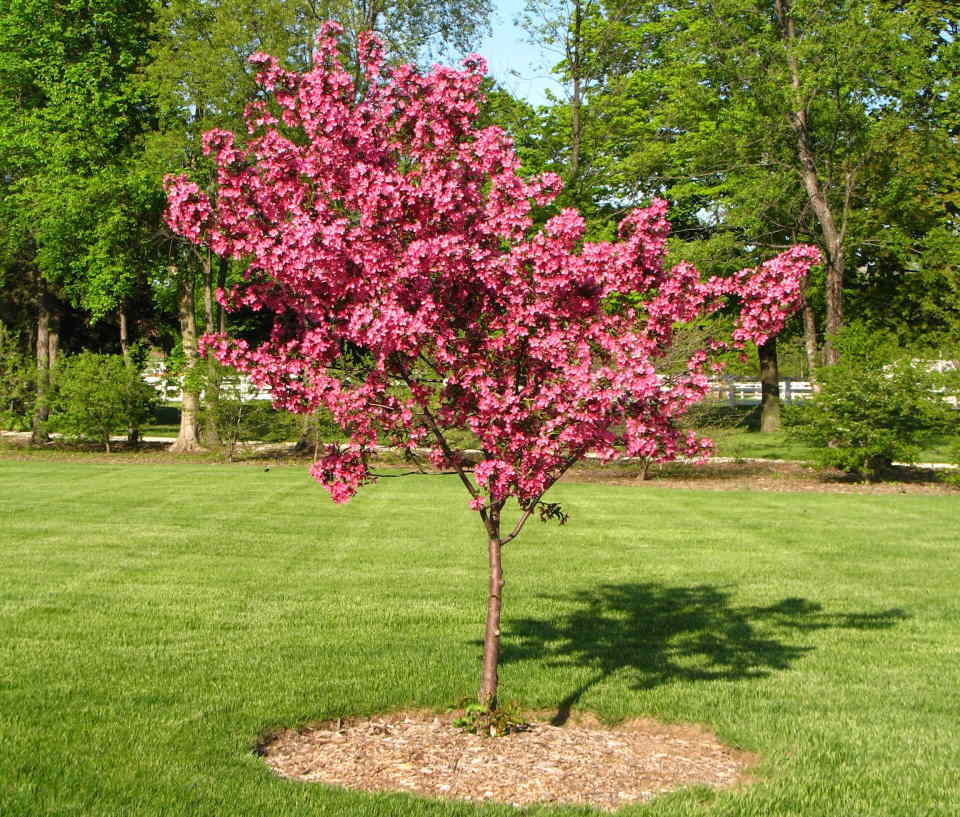
A two-inch layer of mulch can also be added to protect it from weeds and keep soil moisture. One thing to watch out for if you decide to do this: Generally, layers of mulch around trees rise toward the tree’s trunk. This is called “volcano munching.” But for these trees, you should prefer another method called “donut munching,” where the mulch is spread evenly around the tree. This way, you don’t make the already small plants less visible.
Learn how to care for your plants with mulch
And, of course, the most crucial thing that comes to mind regarding care is pruning! Eastern Redbud Trees is the right plant for your garden if you love trees but don’t like to prune them or don’t have time to do this. Unlike some of its siblings, you don’t have to prune them. They usually grow in a well-balanced manner, creating a pleasant posture. However, you can prune them in early spring if you want to shape the tree in your garden. You do not need to follow a special method when pruning. All you have to do is not damage the main branches.
Finally, one of the most critical external problems Eastern Redbud Trees faces is pests. Some insects love to make big holes in the trunk of this tree. Apart from this, they can also suffer from various plant-specific cancer diseases. If your tree has a problem, consult the experts before applying the treatment.
Why Should You Grow an Eastern Redbud Tree in Your Garden?
We have prepared this detailed guide on Eastern Redbud Trees because we believe these trees are indispensable members of any garden as long as the geographical conditions are suitable.
First of all, we have to say that they have a magnificent visual and the ability to make your day more beautiful, especially in spring and summer.
In addition, they can adapt to nature. They resist weather conditions, and climatic changes cannot easily damage them.
Since they are not very large, they can be easily grown in any garden. However, if they seem big for your garden, you can choose one of the many other types we mentioned above that has a more suitable size.
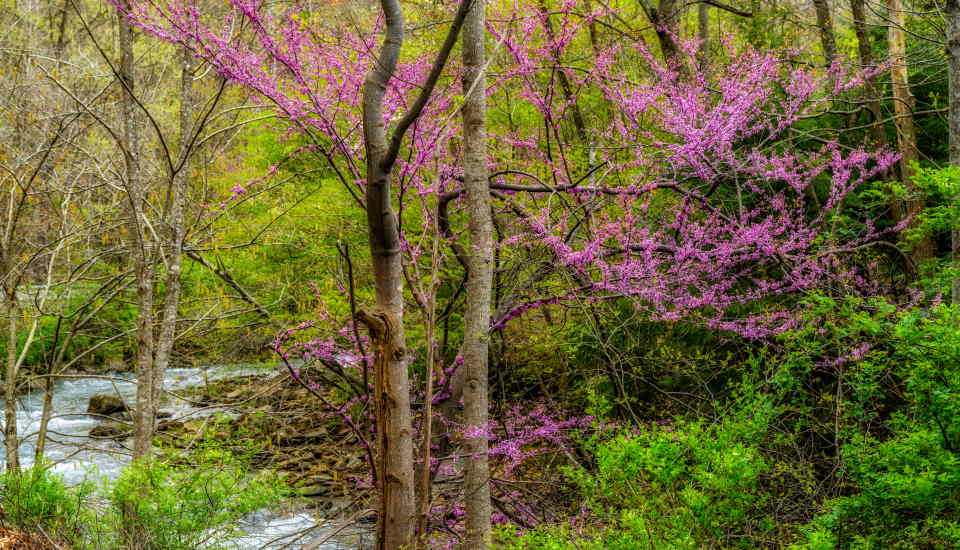
So aren’t there any cons? First, these gorgeous trees have weaknesses like all living things. One of them is that they are slightly more affected by the plant-specific cancer types mentioned above. So although these trees are resistant to storms and hail, we cannot say they are successful against diseases.
Also, an Eastern Redbud Tree has a slightly shorter lifespan than the average human. So if you want to grow a tree that you will gift to your grandchildren, it may not be the right choice.
In Conclusion
Eastern Redbud Tree is an aesthetic tree that complements the landscape and increases the diversity of birds and insects in the garden. Especially if gardeners living in America still have not planted these in their garden, we hope this guide has helped them not to waste any more time.
This pinkish plant and its siblings are effortlessly beautiful, and they reward too little attention with too much happiness. Their seedlings are readily available in most herb stores in America. If you have decided to plant a Redbud Tree in your garden, you can buy a sapling at the beginning of the spring.
If you have any questions or thoughts about these beautiful herbs, you can share them with other readers and us by commenting. There is nothing we love more than talking about plants with plant lovers!
You can learn more about redbud trees here:
https://en.wikipedia.org/wiki/Cercis_canadensis
https://www.michigan.gov/dnr/education/michigan-species/plants-trees/eastern-redbud

